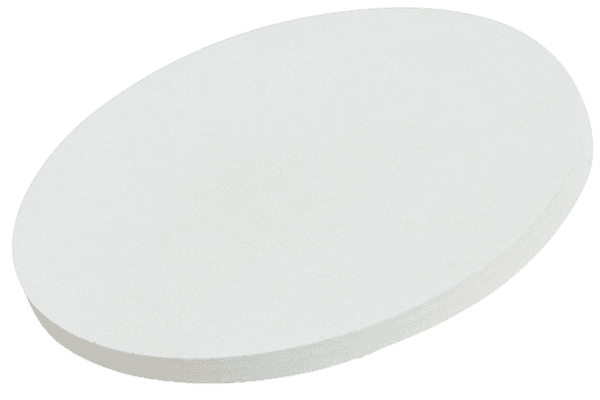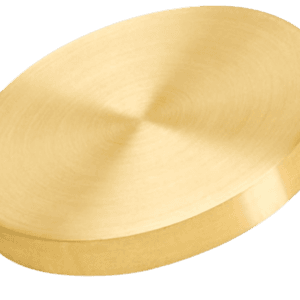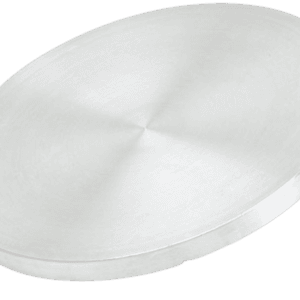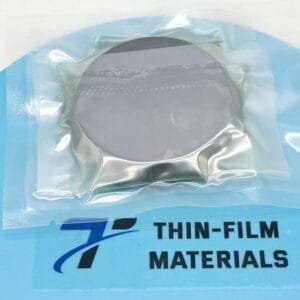Indium Arsenide Sputtering Target Description
Related Product: Indium Iron Oxide Sputtering Target, Indium Sputtering Target
Indium Arsenide Sputtering Target Specifications
| Compound Formula | InAs |
| Molecular Weight | 189.74 |
| Appearance | Grey Target |
| Melting Point | 942 °C |
| Density | 5.67 g/cm3 |
| Available Sizes | Dia.: 1.0″, 2.0″, 3.0″, 4.0″, 5.0″, 6.0″ Thick: 0.125″, 0.250″ |
Indium Arsenide Sputtering Target Handling Notes
Indium bonding is recommended for Indium Arsenide Sputtering Targets because of the material’s inherent properties that are not well-suited for standard sputtering techniques. Indium Arsenide (InAs) exhibits characteristics such as brittleness and low thermal conductivity, which can pose challenges during the sputtering process. Specifically:
- Brittleness: The material’s brittleness can lead to breakage or cracking during handling and sputtering.
- Low Thermal Conductivity: InAs has low thermal conductivity, making it prone to thermal shock during the sputtering process. This can affect the uniformity and quality of the deposited thin films.
To mitigate these issues and ensure effective sputtering, indium bonding provides a solution by enhancing the material’s adherence to the sputtering apparatus and improving its thermal management during the deposition process.
Indium Arsenide Sputtering Target Application
Indium Arsenide Sputtering Target Packaging
Our Indium Arsenide Sputtering Target is meticulously handled during storage and transportation to ensure that it maintains the highest quality and integrity throughout its journey.





Reviews
There are no reviews yet.